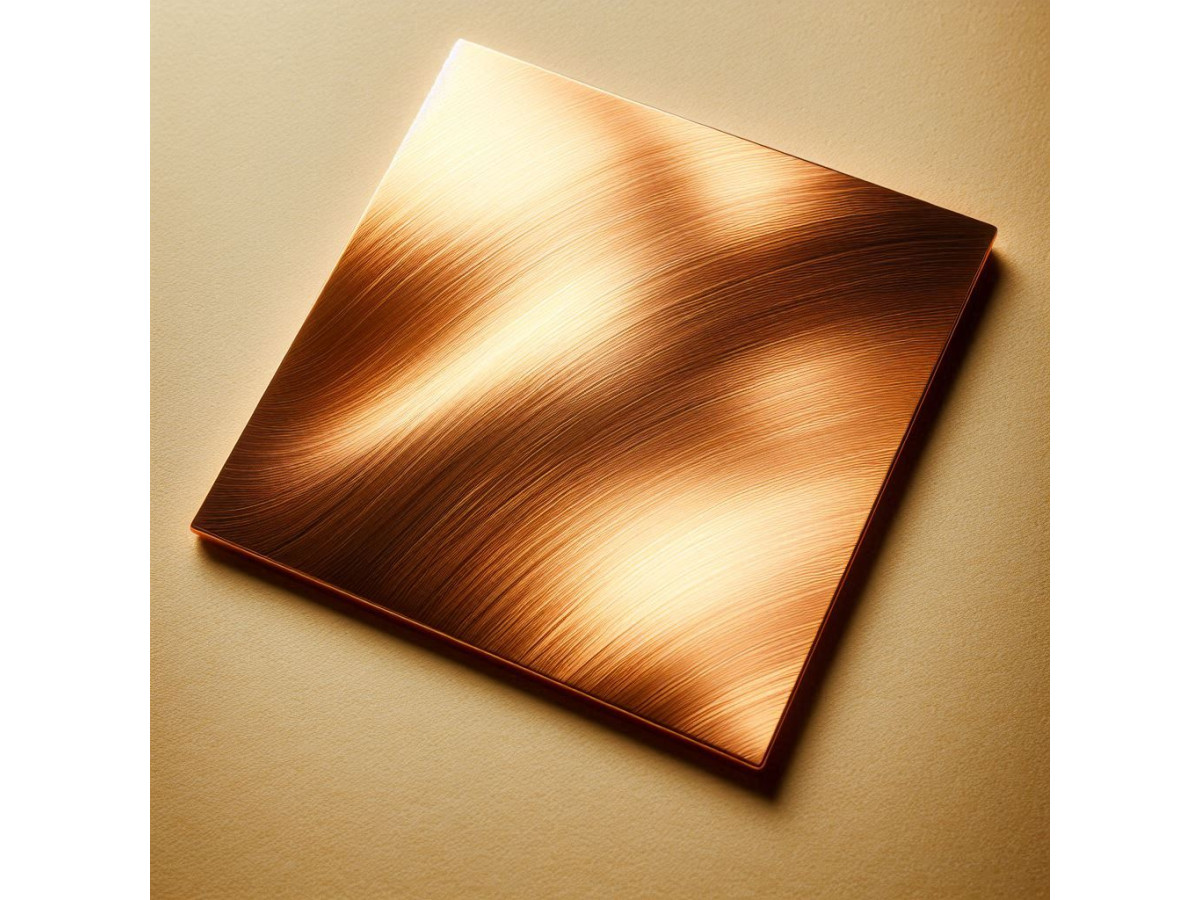Brass is a metal that has survived centuries and has not lost its relevance. Today, sheets made from it are used in a variety of areas. Their warm golden hue, a combination of strength and ductility have made rolled metal one of the most popular materials in art and architecture. The noble alloy of copper and zinc is also popular in Ukraine. In this article, we will consider the properties of metal sheets, their classification, production technology and main areas of application.
Properties and characteristics
The binary alloy of copper and zinc has a set of properties that determine its wide application in industry. Sheets obtained by rolling are characterized by increased strength, rust resistance, good workability and decorative appearance. The characteristic properties of such rolled metal are:
- strength;
- ductility;
- hardness;
- density;
- thermal conductivity;
- electrical conductivity;
- soldering;
- weldability.
The material has excellent tensile and bending strength, lends itself well to cold and hot pressure treatment, making it easy to create elements with complex shapes. The hardness of the sheets may vary depending on the alloy composition and heat treatment. Their density is slightly higher than that of copper analogues, so the rolled products are optimized by weight and resistant to vibrations.
The sheets are valued for their good thermal conductivity, due to which they become suitable for use in heat exchangers and other thermal devices. Electrical conductivity is also at a high level, although it is lower when compared with rolled sheets made of copper alloys. Such sheets are resistant to many aggressive environments, including sea water, precipitation and many chemical reagents. They are easily soldered with both soft and hard solders, they can be welded in various ways, including gas and arc welding.
Separately, it is worth noting the decorative characteristics - brass sheets have a characteristic metallic luster that lasts for a long time. At the same time, rolled products are available in various shades, the color varies from light yellow to reddish-brown.
Rolled sheets are classified by composition, there are two-component and multi-component types. The structure can be single-phase and two-phase, and by properties, sheets are divided into automatic, spring, decorative, etc.
Production technology
The production of brass sheets is a complex technological process that consists of several steps:
- melting;
- casting;
- rolling;
- finishing;
- additional processing.
Initially, a charge is prepared consisting of copper, zinc and alloying additives. Then it is melted in induction or arc furnaces at high temperatures. During this process, the components dissolve and a homogeneous alloy is formed. It is refined to remove impurities. The molten brass is poured into molds of a certain shape to obtain blanks, the ingots are cooled and crystallized.
After these steps, the blanks are mechanically processed to give them the required shape and size. During hot rolling, they are heated to the recrystallization temperature and rolled on rolling mills. The result is blanks - strips. The strips are also subjected to cold deformation to obtain sheets of the required thickness and surface quality. After each cold rolling operation, annealing is carried out to relieve internal stresses and improve the ductility of the raw material.
Finishing involves leveling to give the rolled product a flat surface, cutting into strips of the required length and quality control for various parameters. If necessary, the rolled product is additionally processed. This can be thermal or surface treatment, for example, polishing, etching, coating.
Where such rolled products are used
Brass sheets are a universal raw material that will find application in any project. Due to their properties, they are ideal for:
- Interior design - creation of exclusive decorative elements, furniture, lamps.
- Architecture - cladding of building facades, production of decorative elements.
- Production of consumer goods - production of door handles, faucets, plumbing products.
This material is indispensable for the production of machine parts and mechanisms operating in aggressive environments, electrical contacts, terminals, connectors, and electrical equipment elements. Sheets are used to produce instrument housings and precision mechanism parts. The production of equipment for food enterprises that comes into contact with food products also actively uses this type of rolled metal.

